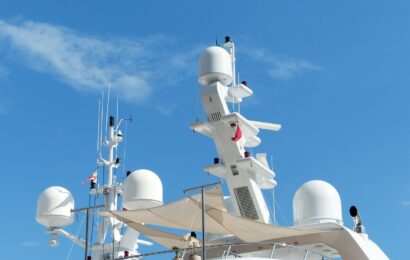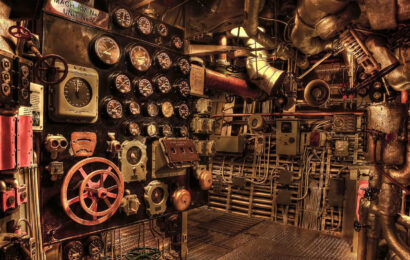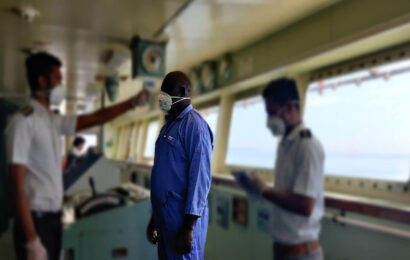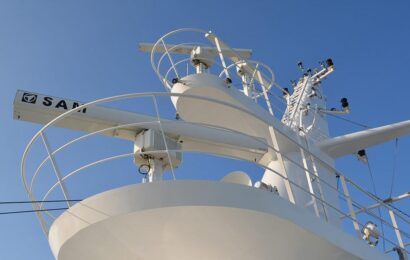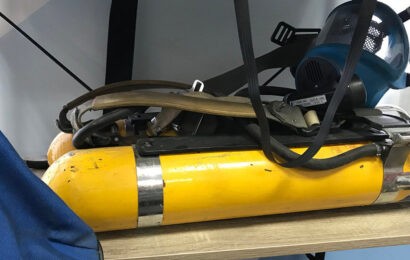
- Students: 12
- Duration: 39 hours
Radar navigation – management level radar, bridge teamwork, search and rescue
The course is designed for the commanding crew to provide mastering the skills of using radar, radar plotting, ARPA. This will make it possible to confidently establish collective interaction on the bridge, including during search and rescue operations.
The aim of the course is to train navigators responsible for navigational watches (captain, mate) on simulators that teach practical skills in using radar systems.
Objectives of the course:
-to improve the level of preparation for the use of radar, ARPA, modern navigation equipment;
– to improve the methodology and skills of radar data processing in order to ensure the safety of navigation, to prevent collisions of vessels, including in conditions with restricted visibility, navigation in heavy traffic, navigation takes place in narrow channels and in vessel’s traffic systems;
-scrutinize the methods of organizing the work of the team on the bridge, the distribution of functional duties, when radar observation and radar plotting carried out; master the basics of planning, coordinating, conducting search and rescue operations at sea in accordance with international standards.
The content of the course is designed in such a way that the improvement of practical skills of navigation using radar, ARPA is based on theoretical preparedness.
Participants need to know:
-how search and rescue operations are conducted in accordance with the provisions of the MERSAR / IAMSAR manual;
-how modern navigation systems work, with what limitations and errors;
-how the radar dataset should be used for navigation purposes;
-what is the technique of navigation in restricted visibility;
-how the navigational watch on the bridge is organized, what the bridge team is obliged to do, when radar observation and radar plotting is carried out.
Practical skills of a graduate of the course include:
-setting up, using radar, ARPA;
-performing manual radar plotting on a maneuvering board;
-assessment of radar data coming from various sources for making decisions and executing commands to ensure the safety of the ship’s navigation;
-skillful performance of actions to prevent collision, excessive approach of vessels in accordance with the COLREG-72;
-performing various steering operations associated with conducting radar surveillance;
-planning and coordinating search and rescue operations in accordance with international standards.
Requirements for participants: provide documents on the relevant education in the specialty “Navigation” along with a valid certificate “Radar navigation – level of operation”; have at least six months of seamanship, including keeping watch on the bridge.

